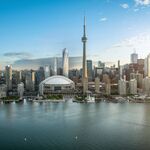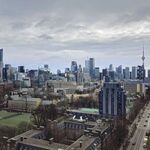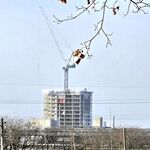TheTigerMaster
Superstar
Honestly I think the entire steeetcar network needs a modernization to improve speed and reliability, and get it to the operational level of something like the Finch LRT.
Wider stop spacing, upgrading to double-point switches, multi-directional trams, parking removal, bike lane expansion, upgraded passenger platforms and congestion charges are all small things that could make a big impact on operations in aggregate.
Though one might argue about the value of all of these proposals, they are NOT mostly small things. replacing switches and buying bi-directional cars is certainly not cheap
I mean, cheap is relative. Streetcar network upgrades would probably have much better bang-for-buck than most of our other transit investments.
A fraction of the financial investment we've been making in GO RER and network operations would do wonders for the Toronto streetcar network. And ensuring that the core of Canada's largest city has an effective internal transport is as urgent a priority as anything.
The cost is only an obstacle if we decide to make it an obstacle.
It's a huge political problem today. I'm optimistic that won't always be the case.and a congestion charge (which I certainly like) is a HUGE political problem (and must usually be accompanied by much more transit service inside the zone.)
Attitudes towards transport and urban design have shifted dramatically over the past 10 years or so. There now is a virtual universal consensus that we must invest more in transit citywide, and that these investments must include all modes of transport. There's also a growing consensus that we must move away from car-centric urban planning (although admittedly, there are a lot of people still reluctant to accept that truth).
Further, Toronto's transport network will be unrecognizable in 15 years, and will rival New York in its overall quality. In this environment, it's a lot easier to talk about congestion charges, as there will be credible alternatives.




